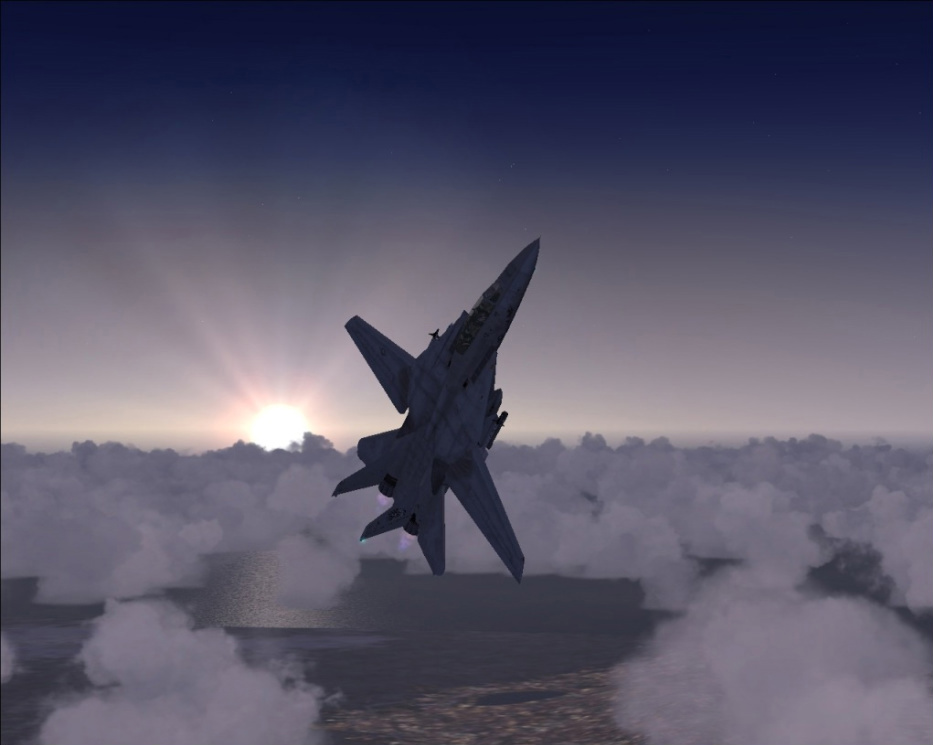
The "official" final flight retirement ceremony was on 22 September 2006 at Naval Air Station Oceana. The ceremonial last flight was flown by Lt. Cmdr. Chris Richard and Lt. Mike Petronis as RIO in a backup F-14 (Felix 107), after the primary aircraft experienced a mechanical problem The actual last flight of the F-14 Tomcat in U.S. service took place 4 October 2006, when an F-14D of VF-31 was ferried from Oceana to Republic Airport on Long Island, NY.
The remaining intact US Navy F-14 aircraft have been stored at the 309th Aerospace Maintenance and Regeneration Group "Boneyard", at Davis-Monthan Air Force Base, Arizona. By July 2007, many of the remaining 165 aircraft were being shredded to prevent parts from being acquired by Iran, the only other nation to buy the F-14. By July 2007, 23 F-14s had been shredded at a cost of $900,000. Due to the strength of the landing gear, it was removed before shredding and cut up with a torch. The last remaining F-14 after demolition will be located at Naval Air Station Pensacola, Florida.
Tomcat, the dogfighting Cold War fighter jet immortalized in the movie Top Gun, made its ceremonial final flight in a display that suggested the timing was right for retirement.
Built by what was then Grumman Aircraft Corp., the F-14 joined the Navy fleet in 1972 and originally was intended to defend U.S. aircraft carriers from Soviet bombers carrying long-range cruise missiles.Its dogfighting capabilities were glamorized in the 1986 film "Top Gun," starring Tom Cruise, but the need for such aerial feats dropped steeply when the Soviet Union collapsed in 1991.The Navy retooled the F-14 as a ground-attack jet, and it dropped bombs over Bosnia and Kosovo in the late 1990s.
Description
The F-14 entered the fleet in 1973, replacing the F-4 Phantom II. The F-14B, introduced in November 1987, incorporated new General Electric F-110 engines. In 1995, an upgrade program was initiated to incorporate new digital avionics and weapon system improvements to strengthen its multi-mission competitive edge. The F-14D, delivered in 1990, was a major upgrade with F-110 engines, new APG-71 radar system, Airborne Self Protection Jammer (ASPJ), Joint Tactical Information Distribution System (JTIDS) and Infrared Search and Track (IRST). Additionally, all F-14 variants were given precision strike capability using the LANTIRN targeting system, night vision compatibility, new defensive countermeasures systems and a new digital flight control system.




